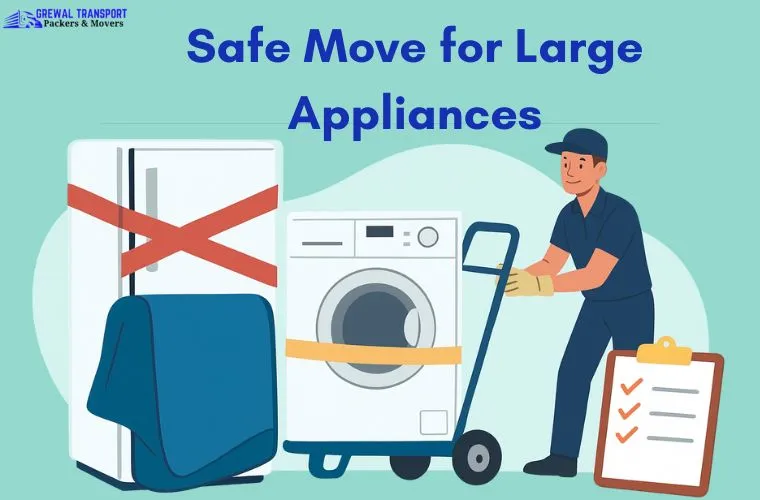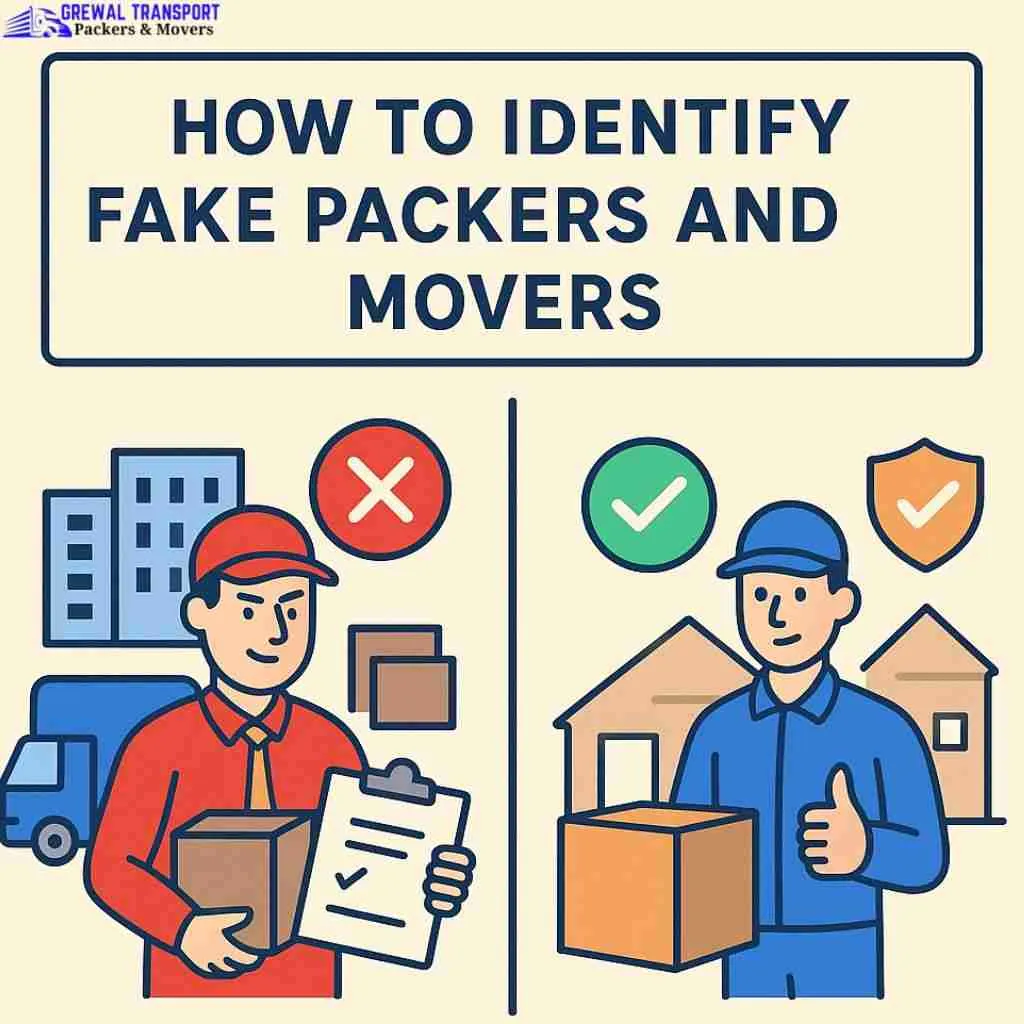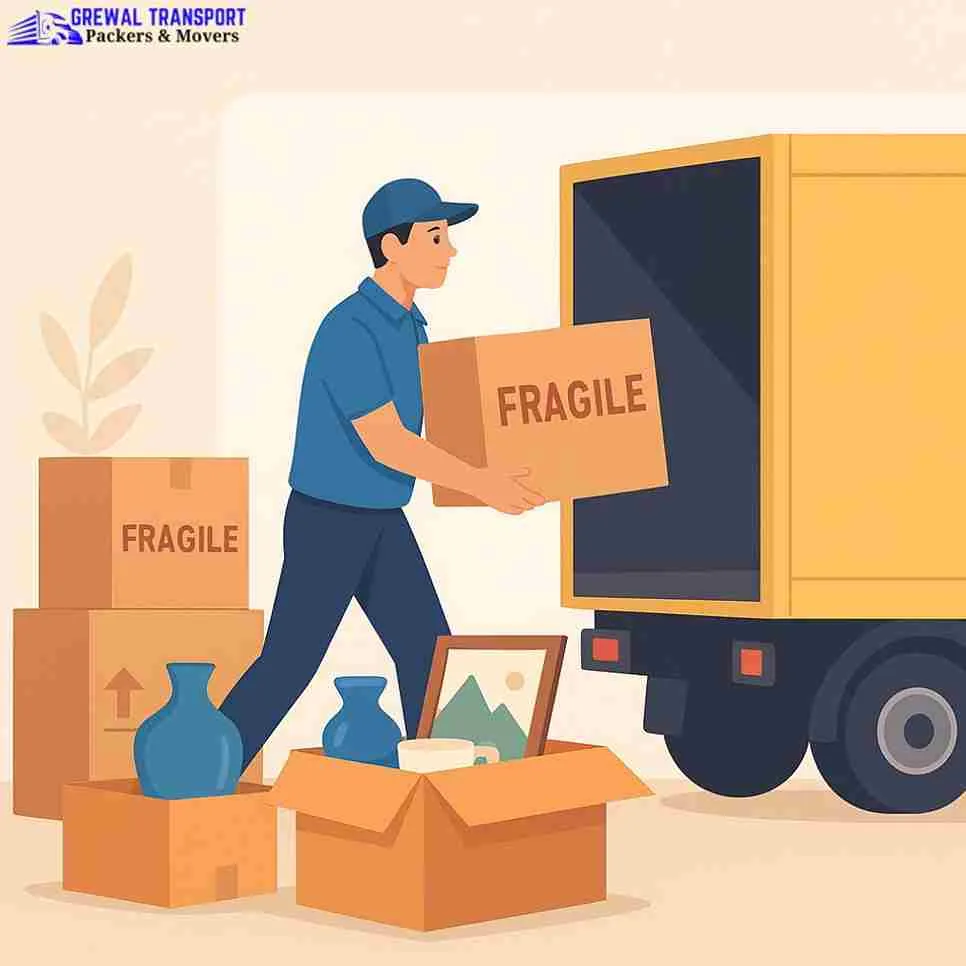Transporting large appliances like refrigerators, washing machines, ovens, and air conditioners requires careful planning and handling. These heavy, bulky, and delicate items are prone to damage if not packed and moved properly. Whether you are relocating your home with a house shifting service, sending items via a luggage courier service, or using a truck transport service, following the proper techniques ensures that your appliances reach safely.
Even when hiring a professional Grewal Transport Packers and Movers, understanding proper packing and moving procedures helps avoid damage and ensures a smooth relocation.
1. Measure and Plan in Advance
Before moving any large appliance, measure its dimensions and the path from your current home to the moving vehicle. This includes doorways, staircases, elevators, and hallways. Planning ensures the appliance fits comfortably without the risk of damage.
Pro Tip: Check the weight and size to determine whether you need special equipment, especially for heavy appliances like refrigerators or washing machines. This is crucial for both goods transport service and truck transport service.
2. Clean and Empty Appliances
Clean your appliances thoroughly before the move. Remove all food, liquids, and personal items. For washing machines and dishwashers, ensure there's no residual water inside to avoid leaks. Refrigerators and freezers should be defrosted at least 24 hours before moving to prevent water damage.
Pro Tip: Properly cleaned and emptied appliances are easier to transport and reduce the risk of damage during a house shifting service.
3. Secure Moving Parts
Large appliances often have doors, drawers, and removable parts that can shift or break during transport. Secure doors with strong tape or straps, and remove shelves, trays, or drawers to transport separately. For washing machines, lock the drum to prevent internal damage.
Pro Tip: Store small removable parts in labeled bags for easy reassembly after transport.
4. Use Appropriate Moving Equipment
Heavy appliances cannot be safely moved by hand alone. To move appliances without causing damage, use dollies, straps, sliders, or lifting equipment. Appliance dollies are particularly helpful for stairs or uneven surfaces.
Pro Tip: Keep the appliance upright unless the manufacturer's instructions allow tilting.
5. Wrap and Protect Appliances
Use moving blankets, bubble wrap, or foam sheets to cover appliances. Protect sharp corners, control panels, and glass surfaces to prevent scratches and dents. Secure the wrapping with tape or straps, but avoid applying tape directly to the appliance surface.
Pro Tip: Proper wrapping is essential for moving appliances.
6. Load Appliances Carefully
When loading appliances onto a vehicle, ensure they remain upright and secured with straps to prevent shifting. Avoid placing heavy items on top of appliances. Proper loading is critical for damage-free transport, whether a truck or a car transport service for vehicles, including appliances in household relocations.
Pro Tip: Maintain sufficient space between appliances to reduce vibration and collision during transport.
7. Hire Professional Movers for Large Appliances
Professional packers and movers service is the safest option for heavy or delicate appliances like refrigerators, washing machines, and large ovens. Experienced movers have the skills, tools, and vehicles to transport appliances safely, reducing the risk of damage and personal injury.
Pro Tip: Confirm that the service provides insurance coverage for high-value appliances during house shifting or transport services for long-distance goods.
8. Unloading and Placement
At your new home, carefully unload appliances using dollies and protective gear. Avoid dragging them across the floor, as this can damage the appliance and flooring. Position appliances in their intended location, ensuring proper ventilation and alignment.
Pro Tip: Let refrigerators or freezers sit for a few hours before plugging them in to allow internal fluids to settle.
9. Specific Appliance Tips
- Refrigerators: Defrost, secure doors, and transport upright.
- Washing Machines: Lock drums, remove hoses, and secure doors.
- Ovens and Microwaves: Wrap glass surfaces and remove racks.
- Air Conditioners: Protect external fins and pack small components separately.
10. Documentation and Insurance
Document the condition of each appliance with photos before the move. This is important for insurance claims if any damage occurs during transport. Professional movers and packers services often provide insurance, giving peace of mind for your appliances and other valuable items.
Conclusion
Transporting large appliances safely requires proper preparation, packing, and handling. Every step matters, from cleaning and securing moving parts to using the right equipment and professional movers. Whether you are relocating your home with a house shifting service, sending appliances via a luggage courier service, or using a truck transport service for long-distance moves, following these tips ensures your appliances arrive without damage.
Hiring a reliable Grewal Transport Packers and Movers service provides expertise, tools, and safety measures, making the process stress-free. With proper planning and professional help, your appliances can reach your new home safely and efficiently, protecting your investment and giving you peace of mind.




